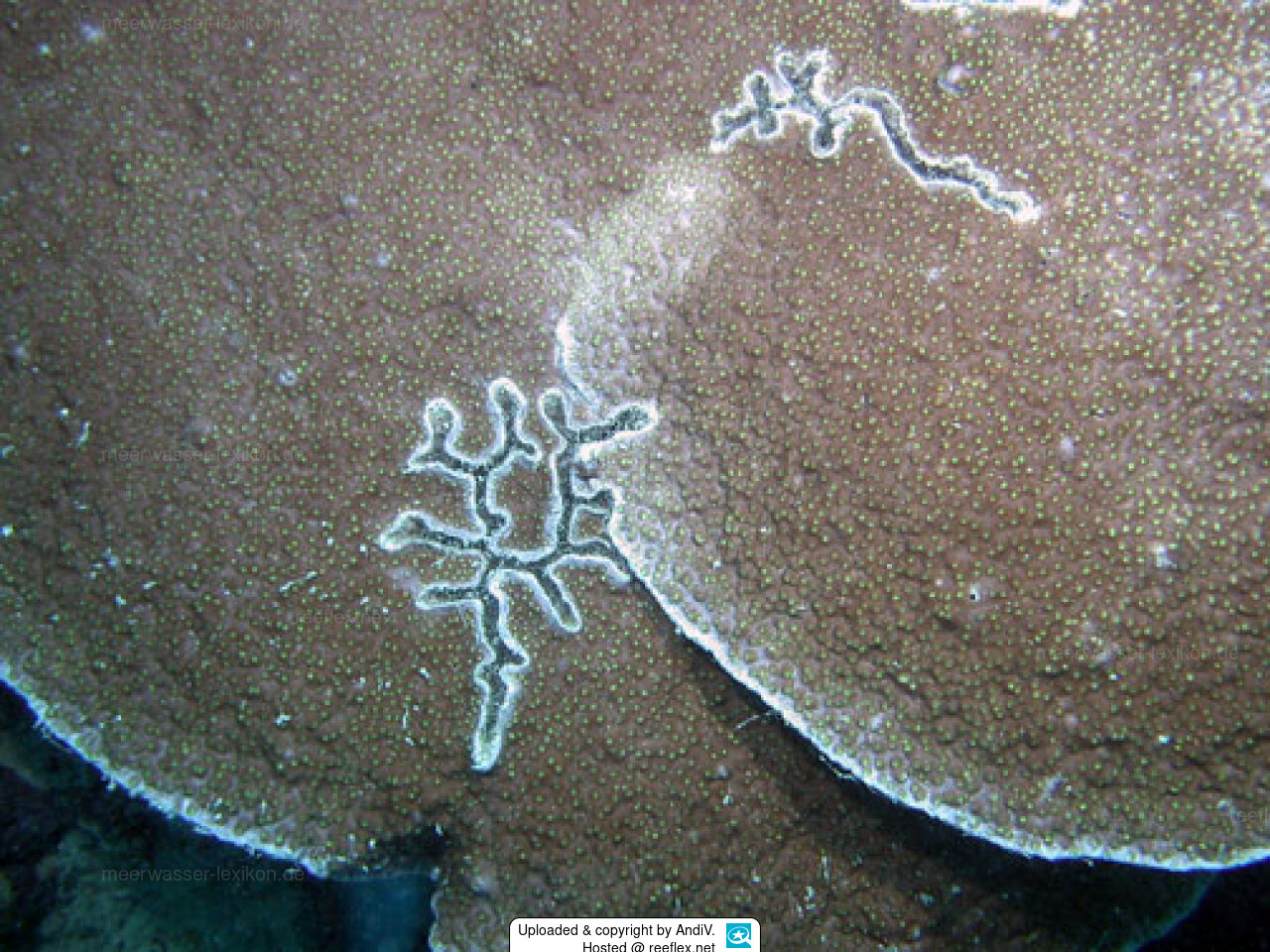Info
“From Veron, J.E.N. Corals of the World.”
Astreopora cucullata
Lamberts, 1980
Characters: Colonies are thick or encrusting plates, sometimes with short rootlets. Corallites are irregular, immersed on concave surfaces, exsert on convex surfaces. They are mostly inclined and often have elliptical openings. Papillae around the corallites have a feathery appearance and may form a hood over the openings.
Colour: Cream or pale-brown.
Habitat: Shallow reef environments.
Abundance: Rare.
Similar species: Astreopora scabra
Source reference: Veron (2000). Taxonomic reference: Lamberts (1982).
Astreopora cucullata
Lamberts, 1980
Characters: Colonies are thick or encrusting plates, sometimes with short rootlets. Corallites are irregular, immersed on concave surfaces, exsert on convex surfaces. They are mostly inclined and often have elliptical openings. Papillae around the corallites have a feathery appearance and may form a hood over the openings.
Colour: Cream or pale-brown.
Habitat: Shallow reef environments.
Abundance: Rare.
Similar species: Astreopora scabra
Source reference: Veron (2000). Taxonomic reference: Lamberts (1982).







 AndiV
AndiV

















